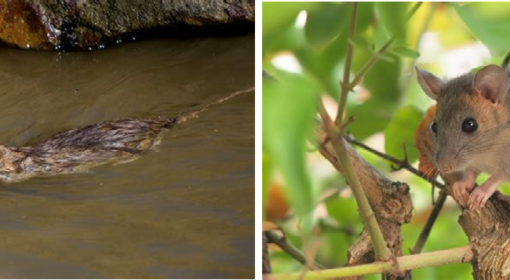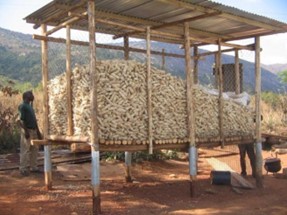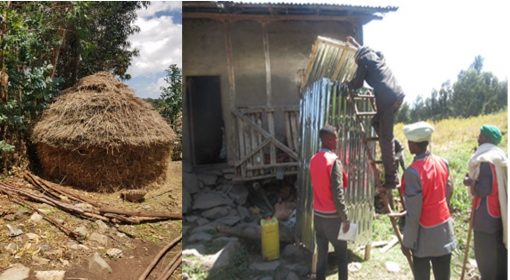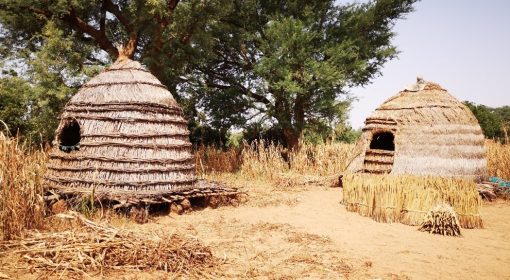Hilary Galiwango
July 8, 2021
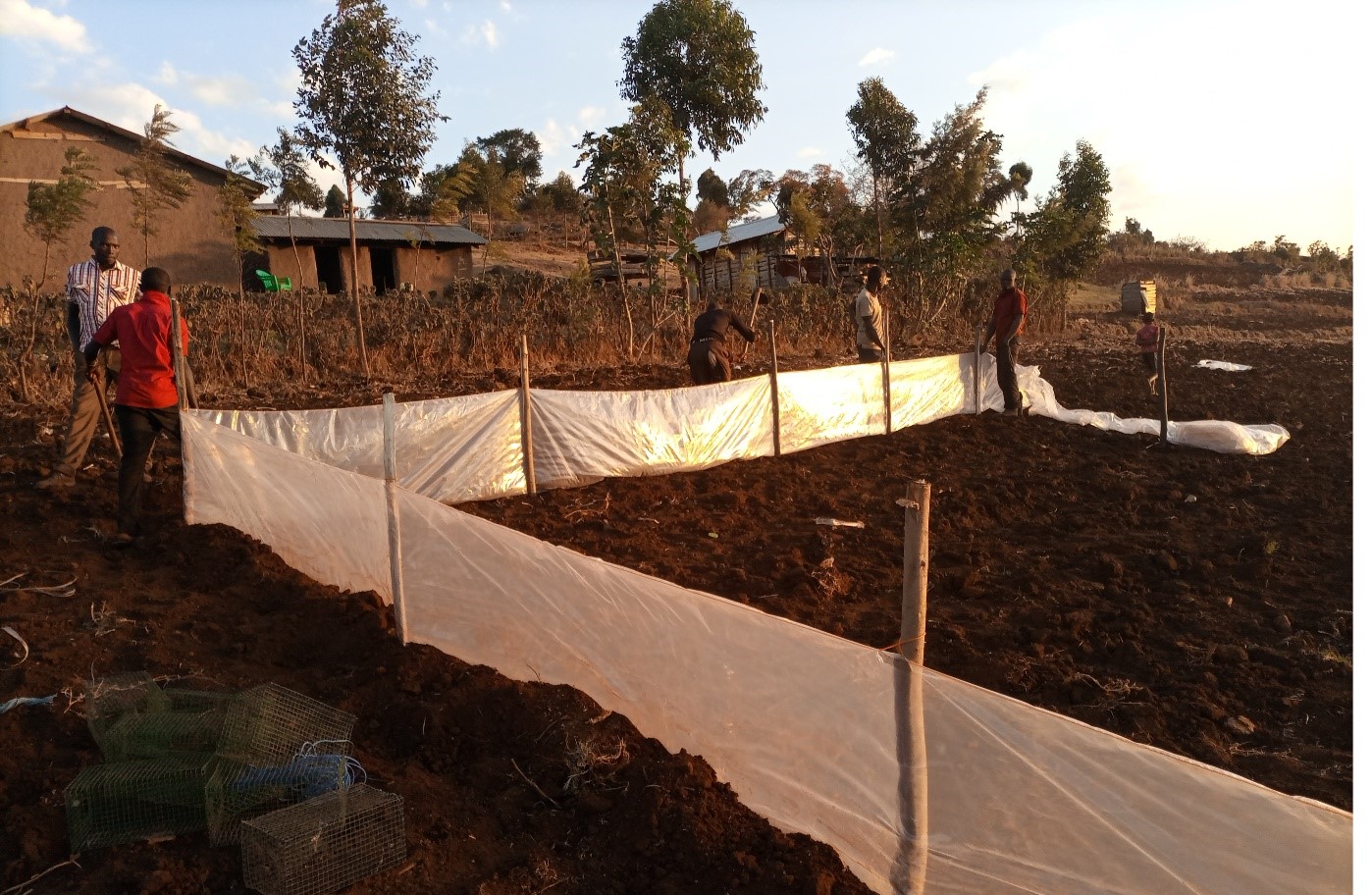
Farmers in Uganda have always faced several problems on their fields that affect production, one of which that has come out very often in interviews is the challenge of pre-and post-harvest losses caused by crop pests. Rodents are regarded as one of the chronically neglected crop pests in Uganda (Mayamba et al 2019). Their existence in fields especially those of cereals crops results in significant damage, estimated to be between 10-39% (Project report, 2016).
Consequently, some research has been conducted on the habitat of major field crop rodent pests in Eastern Uganda (Mayamba et al 2019a and 2019b). With most farming households in Ugandan remote areas having their houses near the crop fields, the rats find it easy to cross from houses/stores into the fields in between seasons. These rats not only contaminate and destroy stored food hence bringing about post-harvest losses, but also play a big role in transmission of diseases among people.
The old methods of rodents control, such as chemical rodenticides, are widely used. However, rodents have developed increased resistance and there is a large impact on non-target population and environment (Lemus et al. 2011; Parshad 1999; Valchev et al. 2008). Thus, a shift is needed towards Ecologically Based Rodent Management methods (EBRM). EBRM as part of Green Rodent Control is a game-changer. It uses locally available methods, integrated in common agricultural practices, and can effectively reduce rodent damage in an environmentally friendly manner.
The Trap Barrier System (TBS) is an innovative EBRM technique that can greatly help farmers to reduce rodent population in their fields. Although it is not a common technique in Uganda, it has potential to effectively manage rodents in farming communities.
MetaMeta Research, together with scientists from the National Agricultural Research Organisation (NARO) and Busitema University in Uganda, have conducted experimental trials in two Eastern Uganda districts of Kween and Kapchworwa. In this study we aim to demonstrate whether/how TBS, when deployed among rice and barley crops in Eastern Uganda, can reduce rodent numbers, increase crop yields, and reduce post-harvest losses.
Simple tools and locally available materials are sufficient to set up TBS; the trials show that this makes it easy for local farmers to take it up. A TBS involves the enclosure of a small piece of crop farmland area (about 10 m by 10 m or 20m by 20m) with a transparent polythene material. A trap barrier is constructed and measured by using tape measure. It is staked, and marked with a peg/tree branch, dug 50 cm into the ground and stands at 1.5 m above the ground. String and wire are used to maintain an erect barrier. Thereafter, polythene sheet with size of 45 m length and 1m width is rolled around the staked pegs/tree branches. This is followed by covering the sheet with a 5-10 cm layer of mud/topsoil, so that no rodent can penetrate the sheet. Live-multiple-capture cage traps (240 × 150 × 150 mm) are placed every 2.5 m (n = 8 per TBS) from each angle. The two multiple capture traps are installed along each side inside the sheet held tightly against the fence, facing the hole made on the polythene sheet, making a total of eight holes and eight traps per trap barrier. Trap barrier is repaired for any destruction if they occur. The enclosed crop serves as an attractant to the rodents and wire cages are attached to the polythene perimeter with access holes for trapping any incoming rodents to the crop. The enclosed crop must be planted about 2-4 weeks earlier than crops in the neighbouring fields.
When implemented appropriately, results have shown a significant positive response with a mean cost benefit ratio of 1:3.6 and mean yields of 4.76t/ha for areas surrounding the TBS; compared to control areas (3.82t/ha) in rice fields (Mulungu et al. 2020).
However, one of the biggest challenges so far is that farmers and sometimes passersby have from time to time stolen the wire cages, preferring to use them inside their houses due to huge population of rats in houses/shops. Two traps were stolen and used in a farmer’s house who indicated she had caught a number of rats in the traps: perhaps her testimony encouraged others to steal the traps from the TBS plot for indoor usage. Few were found on trial sites.
The trial shows how big the rodent problem is to the farmers. We believe that with more sensitization and training, the farmers will adopt the TBS, to reduce rodent population and increase yield and profitability on fields.
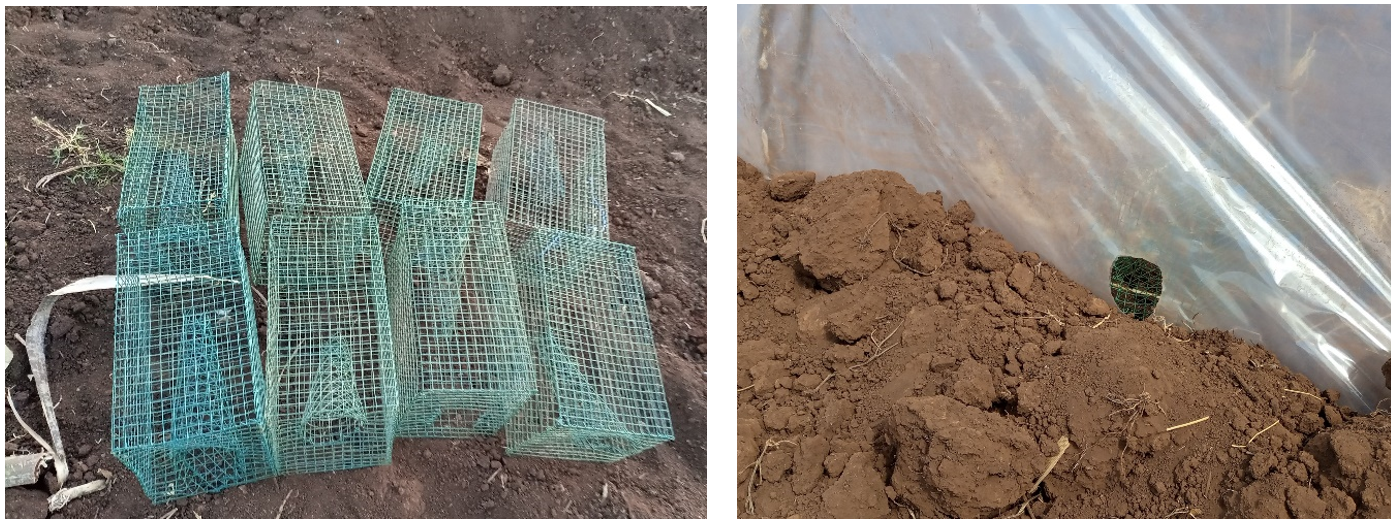
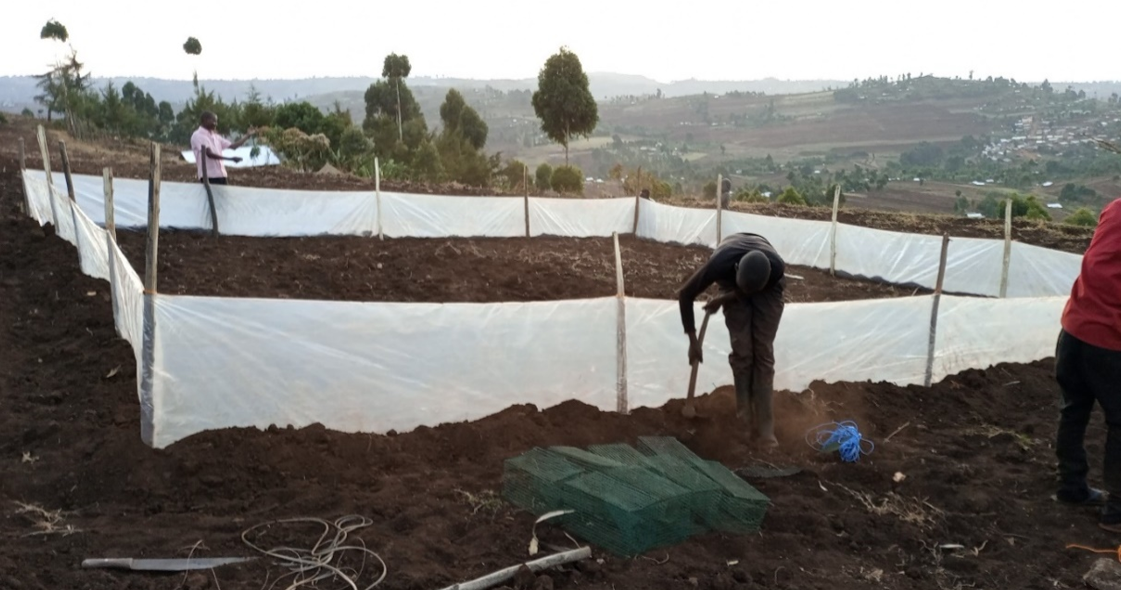
More on the Ecologically-based Rodent Management approach:

